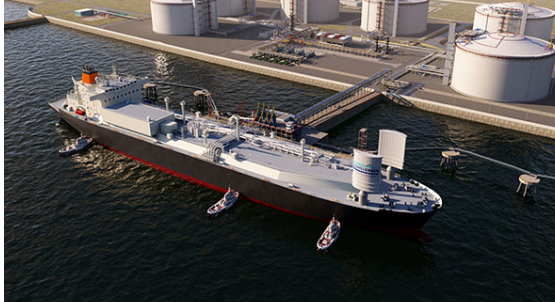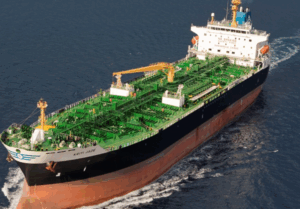
Japan’s shipping major Mitsui O.S.K. Lines (MOL) has won an approval in principle (AiP) by ClassNK for the design of a membrane LNG carrier with a wind-assisted ship propulsion system for hard sail systems developed by Mitsui O.S.K. Lines.
It utilizes the renewable energy of wind power to propel ships using sails.
MOL plans to deploy 25 vessels equipped with Wind Challenger technology by 2030 and 80 vessels by 2035.
As MOL reports, the wind-assisted propulsion system known as Wind Challenger can be fitted on both newly-constructed and existing ships.
It can be implemented on a wide range of vessels, from bulk carriers (dry bulk ships) to tankers and LNG carriers, and can be installed multiple times.
This design has been jointly developed by MOL and South Korea’s Hanwha Ocean.
The LNG carrier that has obtained this approval in principle is capable of entering LNG terminals worldwide (cargo tank capacity: 174,000 cubic meters), and equipped with two Wind Challenger sails.
The detailed design work MOL reports is currently underway for a new LNG carrier ordered by MOL from Hanwha Ocean, aiming for actual installation.
Before obtaining this approval, MOL, Hanwha Ocean, and ClassNK conducted a Risk assessment that comprehensively evaluated factors such as the placement of the sails, their impact on visibility, emergency operation procedures, and other safety measures.
Additionally, the evaluation of the impact on the cargo tank due to the sail installation, conducted by Gaztransport et Technigaz SA (GTT), the designer of the vessel’s cargo tank, contributed to obtaining this AiP.
According to MOL, the designer GTT has confirmed that the structural safety of the tank is sufficiently ensured, even when considering the stresses imposed by sails.


